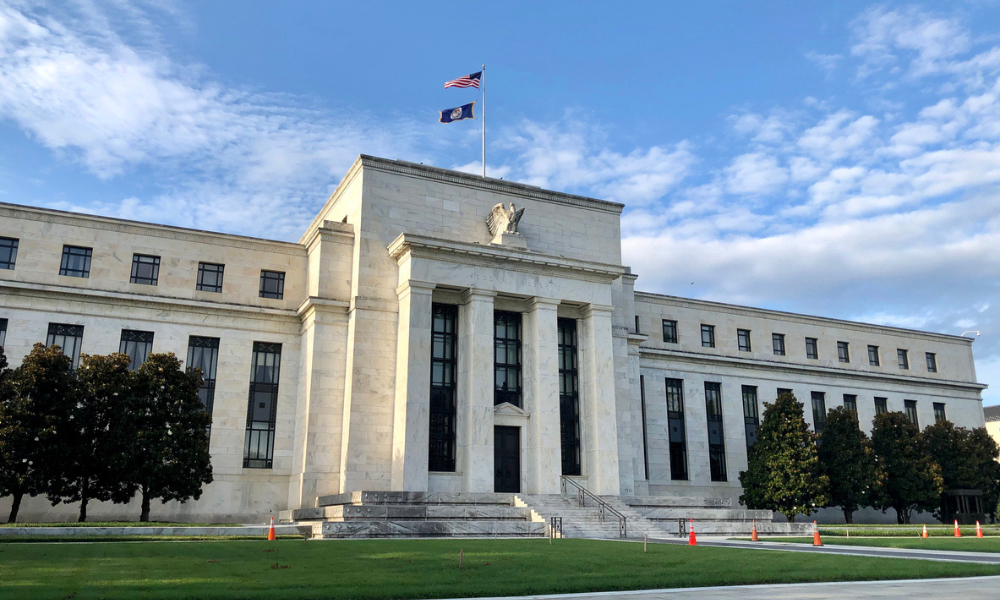How will US banks hold up in an economic downturn?

The Federal Reserve’s annual stress test results are in.
This latest stress test revealed that while large banks are projected to experience steeper losses than last year, they remain well-capitalized to weather a severe economic downturn.
“This year’s stress test shows that large banks have sufficient capital to withstand a highly stressful scenario and meet their minimum capital ratios,” said Michael Barr, vice chair for supervision.
How many banks passed the stress test?
The test, which evaluated 31 banks, projected total hypothetical losses of nearly $685 billion under a severe recession scenario. Despite these losses, all banks maintained capital levels above the minimum requirements.
The aggregate common equity tier 1 (CET1) capital ratio is projected to decline by 2.8 percentage points to 9.9% – a greater decline than last year’s, but within the range of recent stress tests.
Barr noted that “while the severity of this year’s stress test is similar to last year’s, the test resulted in higher losses because bank balance sheets are somewhat riskier and expenses are higher.
“The goal of our test is to help ensure that banks have enough capital to absorb losses in a highly stressful scenario. This test shows that they do.”
The hypothetical scenario included a severe global recession, a 40% decline in commercial real estate prices, a substantial increase in office vacancies, and a 36% decline in house prices. The unemployment rate rises nearly 6.5 percentage points to a peak of 10%, with a corresponding decline in economic output.
According to the Fed, three factors contributed to the larger capital decline in this year’s test:
- Increases in banks’ credit card balances combined with higher delinquency rates led to greater projected credit card losses.
- Banks’ corporate credit portfolios became riskier, resulting in higher projected corporate losses.
- Higher expenses and lower fee income reduced projected income to offset losses.
The total projected losses of nearly $685 billion include $175 billion in credit card losses, $142 billion in losses from commercial and industrial loans, and almost $80 billion in losses from commercial real estate.
Big bank disputes results
JPMorgan Chase, which received a stress ratio of 12.5%, disputed the Fed’s assessment. The banking giant claimed the Fed overestimated a key income measure, potentially resulting in higher losses than reported.
“Based on the firm’s own assessment, the benefit in OCI appears to be too large,” the bank said in a Press release. “Should the firm’s analysis be correct, the resulting stress losses would be modestly higher than those disclosed by the Federal Reserve.”
Read next: Banks pull back on risky residential real estate loans
Other major banks, including Wells Fargo (8.1%), Bank of America (9.1%), and Citigroup (9.7%), also passed the stress test with lower capital ratios.
“Wells Fargo continues to have a strong capital position, reflecting the strength of our franchise and the investments we’ve made to better serve our customers,” said Wells Fargo CEO Charlie Scharf. “We remain focused on using our capital strength to serve our customers’ financial needs while continuing to prudently return excess capital to our shareholders.”
Stay updated with the freshest mortgage news. Get exclusive interviews, breaking news, and industry events in your inbox, and always be the first to know by subscribing to our FREE daily newsletter.



